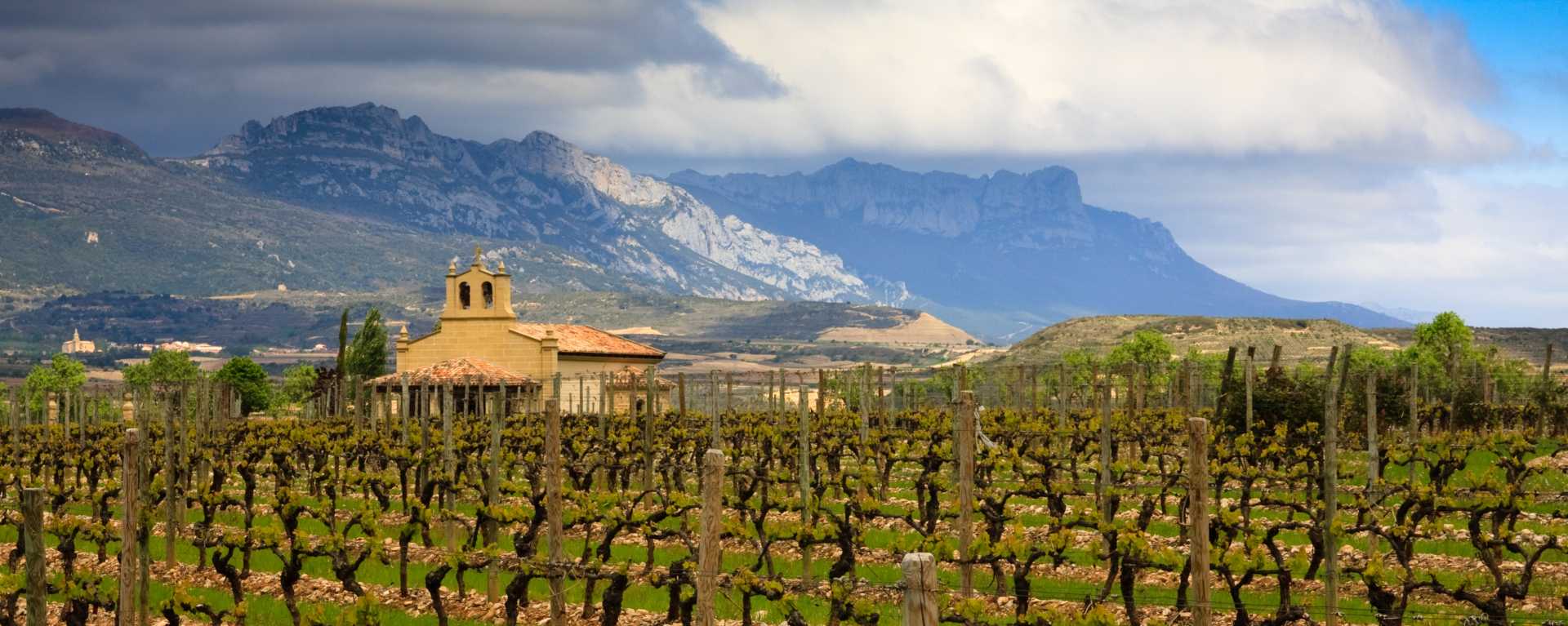Clos Mogador Priorat 2015
- Decanter
-
Robert
Parker



Product Details
Your Rating
Somm Note
Winemaker Notes
#14 wine in VinePair's Top 50 of 2018
The visual aspect of the wine is a sumptuous, intense ruby red colour. On the nose it is both complex and pleasing with aromas of ripe red and black fruits which marry perfectly with the notes of liquorice and chocolate. On the elegant, beautifully dense palate, we can detect hints of spiciness overlaid with smoky, peppery woodiness. The tannins are persistent and tightly knit with a finesse which allows an astonishingly prolonged aftertaste. This is a thoroughbred of a wine encompassing elegant, enduring quality. Although quite magnificent now, if you can hide it away somewhere for a few years, you will not be disappointed!
Blend: 45% Garnatxa, 29% Carinyena, 16% Syrah, 10 % Cabernet-Sauvignon
Professional Ratings
-
Decanter
Many of the leading ‘historical’ wines of Priorat prove that a mixture of local and international varieties can produce outstanding results, and this magnificent 2015 wine is no exception. It contains 20% each of Cabernet Sauvignon and Syrah here, blended with 40% Garnatxa and 20% Carinyena. It's deep black and red in colour, with aromatic complexity from a soft, suffusing, earthy warmth and almost meaty plum fruits. On the palate the wine is concentrated, deep and forthright. The clarity and brilliance of the fruit flavours are typical of Priorat, ballasted in this case by dense tannins and vivacious, fruit-saturated acidity. It grows more savoury towards the finish: plum and stone modulate towards pine and Mediterranean scrub. A Priorat of total assurance, its alcohol invisible other than in the wine’s suffusing and necessary warmth.
-
Robert Parker's Wine Advocate
This time there were two vintages of the top-of-the-range red to taste, as the 2014 is almost finished and the 2015 Clos Mogador will be released soon. In this warmer vintage, there is a little more Cariñena in the blend, with the final breakdown something like 45% Garnacha, 29% Cariñena, 16% Syrah and 10% Cabernet Sauvignon. This had the same vinification and aging as the 2014: fermentation with indigenous yeasts and a 35- to 45-day maceration, followed by an élevage in 300-liter barrels and 2,000-liter foudres that lasted 18 months. 2015 is a rounder and easier year than 2014, and it feels a little riper, supple but with good freshness. It's clean and precise with nicely integrated oak. This was an easy vintage for the winery, and the wines are easy to understand and more approachable early on. 31,000 bottles produced. It was bottled in July 2017.
Other Vintages
2020-
Robert
Parker - Decanter
-
James
Suckling -
Wine
Spectator
-
Robert
Parker -
Wine
Enthusiast
-
Robert
Parker
-
Robert
Parker
-
Robert
Parker
-
Robert
Parker -
Wine &
Spirits -
Wine
Spectator
-
Robert
Parker -
Wilfred
Wong -
Wine
Spectator
-
Robert
Parker -
Wine
Enthusiast -
James
Suckling
-
Robert
Parker -
Wine
Spectator -
Wine &
Spirits
-
Robert
Parker
-
Robert
Parker
-
Robert
Parker -
Wine
Spectator
-
Robert
Parker
-
Robert
Parker -
Wine
Spectator
-
Robert
Parker -
Wine
Spectator
-
Robert
Parker


Robert Parker once said of Clos Mogador that the wines are "stunning examples of what Spain can produce but so rarely does". This is more true now than ever, because compared with the large numbers of ambitious "alto espreccion" Spanish wines that have come on stream these last few years, Mogador has not just concentration and complexity, but also energy, vitality and a genuine soul.

Beyond the usual suspects, there are hundreds of red grape varieties grown throughout the world. Some are indigenous specialties capable of producing excellent single varietal wines, while others are better suited for use as blending grapes. Each has its own distinct viticultural characteristics, as well as aroma and flavor profiles, offering much to be discovered by the curious wine lover. In particular, Portugal and Italy are known for having a multitude of unique varieties but they can really be found in any region.

Tiny and entirely composed of craggy, jagged and deeply terraced vineyards, Priorat is a Catalan wine-producing region that was virtually abandoned until the early 1990s. This Spanish wine's renaissance came with the arrival of one man, René Barbier, who recognized the region’s forgotten potential. He banded with five friends to create five “Clos” in the village of Gratallops. Their aim was to revive some of Priorat’s ancient Carignan vines, as well as plant new—mainly French—varieties. These winemakers were technically skilled, well-trained and locally inspired; not surprisingly their results were a far cry from the few rustic and overly fermented wines already produced.
This movement escalated Priorat’s popularity for a few reasons. Its new wines were modern and made with well-recognized varieties, namely old Carignan and Grenache blended with Syrah, Cabernet Sauvignon and Merlot. When the demand arrived, scarcity commanded higher prices and as the region discovered its new acclaim, investors came running from near and far. Within ten years, the area under vine practically doubled.
Priorat’s steep slopes of licorella (brown and black slate) and quartzite soils, protection from the cold winds of the Siera de Monstant and a lack of water, leading to incredibly low vine yields, all work together to make the region’s wines unique. While similar blends could and are produced elsewhere, the mineral essence and unprecedented concentration of a Priorat wine is unmistakable.
